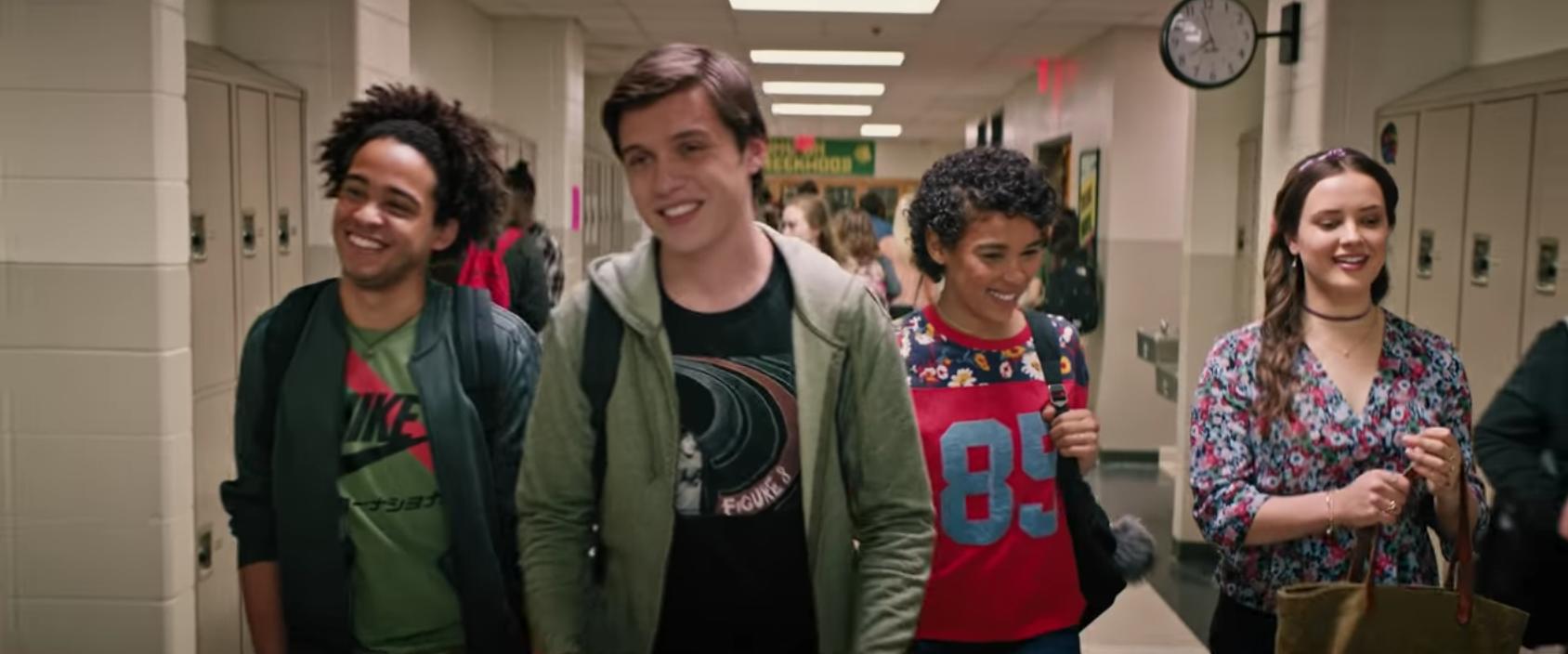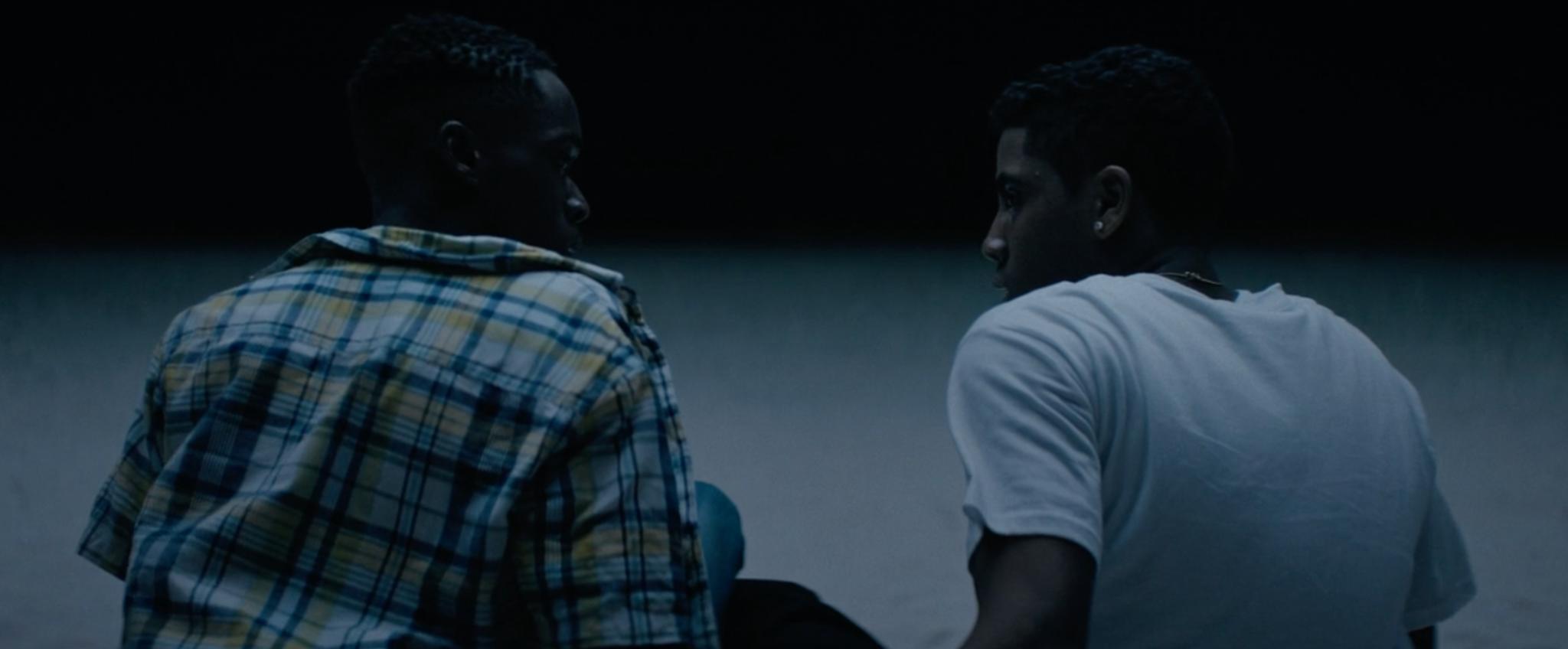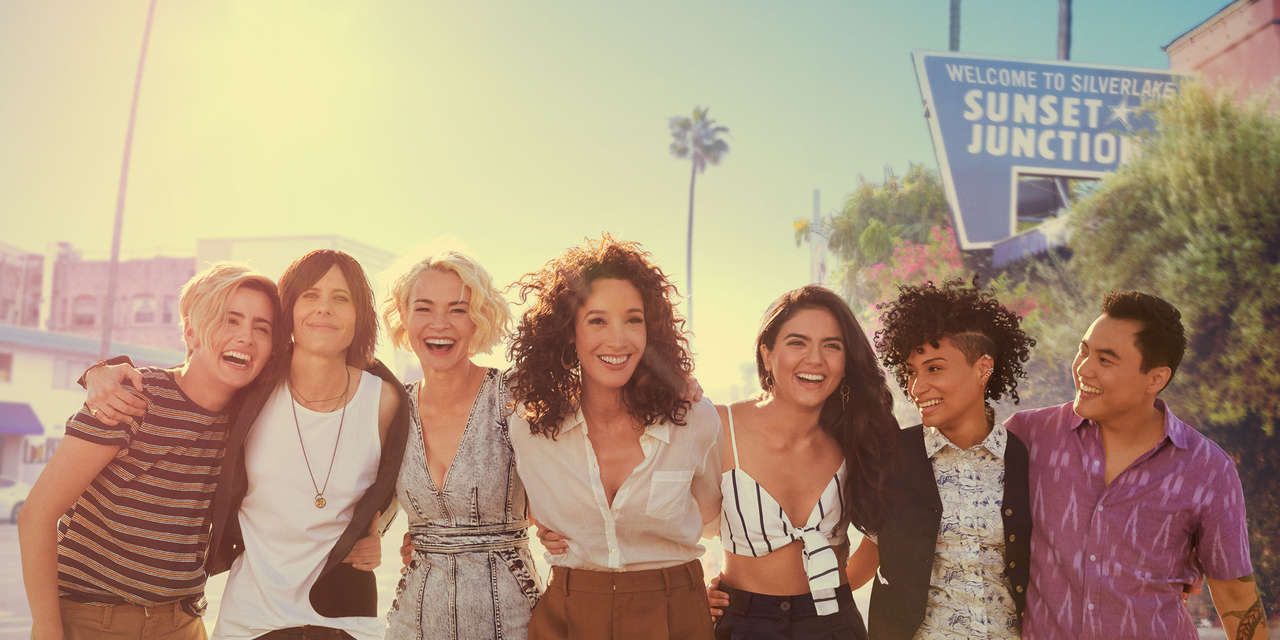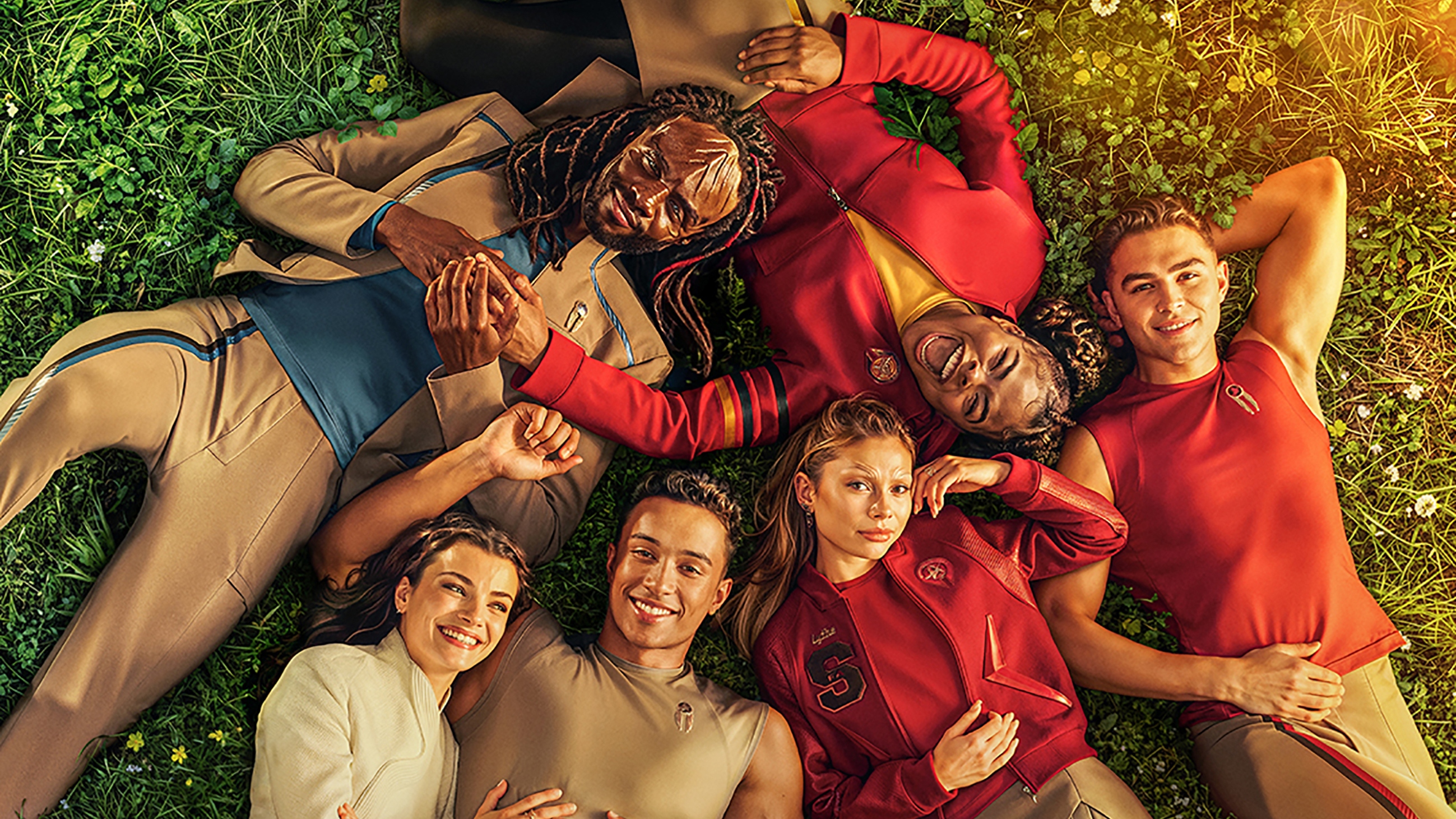LGBTQ+ representation in movies has a long way to go

It's been 20 years since two witches found love on Buffy the Vampire Slayer . In 2000 we were living in an entirely different world. There was no marriage equality, the issues of trans folx were largely ignored, and the tragic murder of Matthew Sheppard was only 2 years old. In the decades that have since passed we've seen massive steps forward for the LGBTQ+ community in the real world. But movies haven't kept up, and the lack of representation on screen is galling at best.
Token representation isn't representation at all
Chances are if you're alive in 2020, you know a queer person. (And if you're reading this, you are and you do.) Gay, bisexual, trans, and nonbinary are just a few of the identities people may call their own. While LGBTQ+ folks are more open and visible than they have ever been, the same isn't true of the media we consume.
Somehow, executives have decided that at best, we deserve a token mention in the biggest franchises of movies and television. Unless an openly queer person is involved, it's rare to see more than one LGBTQ character in a film. Instead of actual characters that we can identify with and call our own, the gay community is left with nothing but scraps.
LGBTQ+ folx are a huge demographic, and we deserve to see ourselves on the big screen.
We get a mention of a gay character in Marvel movies, arguably some of the biggest blockbusters on the planet. A brief on-screen kiss in Star Wars between two minor characters isn't acceptable. If television can give us big, beautiful, in-depth arcs as we've seen from the likes of Grey's Anatomy , then why aren't movies following suit? They can blame Chinese censors, or conservative watchers, or a hundred different things. Still, the truth of the matter is that we deserve better.
LGBTQ+ folks are a huge demographic. We consume movies and television, we purchase Blu-rays and go to conventions. We deserve to see ourselves on the big screen. Plenty of people would like to celebrate the small moments that we do get, and I'm not saying they aren't worthy of being celebrated. What I'm saying is that it isn't enough. Token representation isn't enough, and we shouldn't pretend that it is, or deliver a golf clap when it arrives. All that does is compound what we do get. If the people in charge of making movies think they can get away with minor representation and not worry about it, we as consumers should make it clear that isn't the case in whatever way we can.
If it isn't inclusive and intersectional, it's wrong

In so many cases, what little representation we do get is overwhelmingly white, and that's a problem. LGBTQ+ people run the gamut. We're white and Black and brown. We are lesbians, and gay men, genderqueer, trans, nonbinary. We are rich and poor, fat and skinny, healthy and disabled, and our representation deserves to show us in all of the shades that we exist.
That means when it comes to representation, it has to be more than a token. It has to be inclusive and intersectional. People don't exist in a single aspect. They are complicated and multi-faceted, and heterosexual people get to see themselves in a hundred different ways onscreen. We deserve the same thing. Gay kids deserve to see themselves on the screen, to know that they can be happy no matter what they look like. No matter who else they are.
The latest updates, reviews and unmissable series to watch and more!
If we're going to demand representation, then we have to request that it's done right. That means being inclusive of everyone who identifies as LGBTQ+ even when it's complicated. It means that our representation has to be intersectional. It's more than white, affluent lesbians in LA. It's more than white, working-class gay men in Philly. These may have been the beacons of allowing more LGBTQ+ people onto the screen, but it's 2020, and it's honestly time our pop culture caught up.
Television is catching up but movies seem to be stalled

When considering representation in pop culture, there's a significant gap between the small screen and the big one. TV shows have delivered fantastic arcs that humanize LGBTQ+ people. It may have started with Buffy and The L Word , but its reach goes so much further. Shows like She-Ra , L Word: Generation Q , and Grey's Anatomy have helped to humanize and normalize queer folks across the spectrum.
It's clear that borders have been broken down by TV writer's rooms, and that those shows have gotten significant boosts in watchers, and popularity because of it. So if it's clear that engaging with LGBTQ+ viewers pays dividends for shows, why are movies so slow to catch up? I don't have an answer, but it's a question queer people are asking. I'd like to believe that it's only a matter of time until we see the queer representation in movies that we deserve. Still, it's becoming more evident that the only way we'll get that is by having LGBTQ+ people making movies. To be very frank, it isn't enough.
What comes next?
Queer people aren't going anywhere. We've always been here, despite what some people would have you think. While representation is slowly coming to the big screen, it's not enough. We should be light years past where we are, and only by being critical of piecemeal representation and demanding more are we ever going to see the changes that we deserve.

